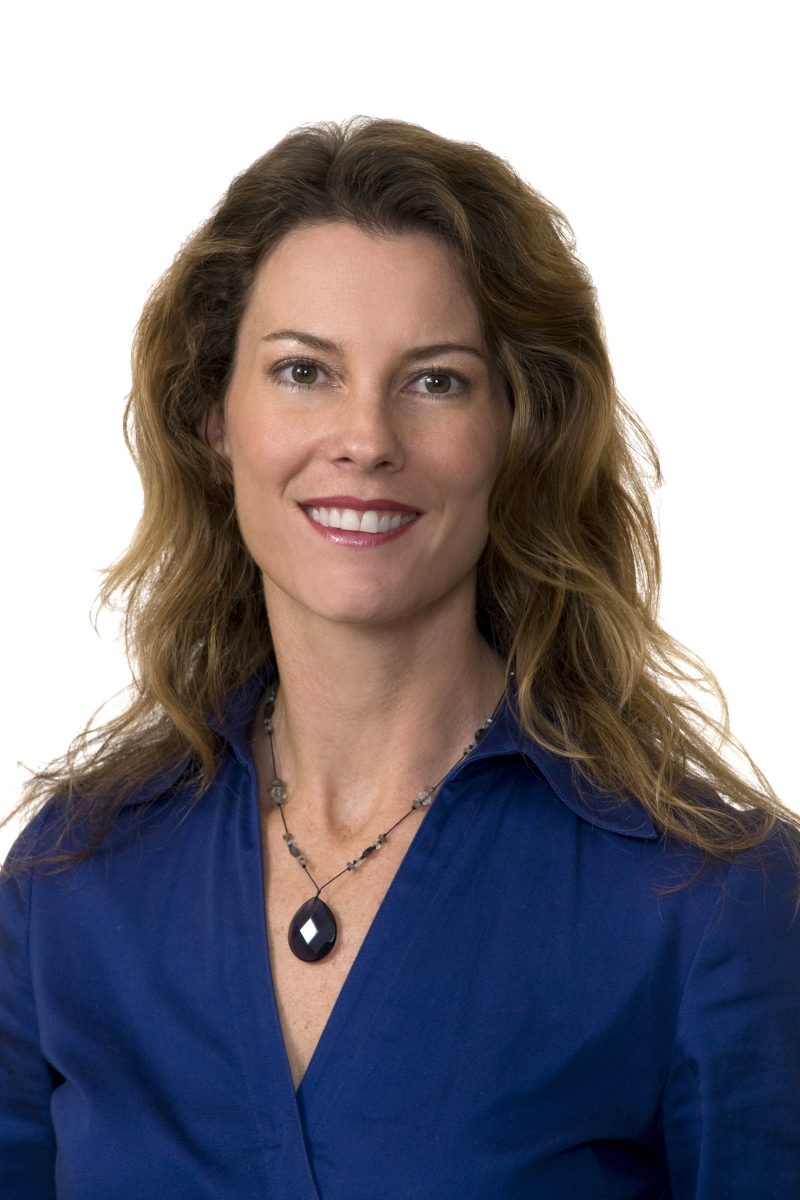Physicians keep working, take advantage of financing opportunities to help bolster the industry
Most people are aware of the difficulties certain sectors of commercial real estate (CRE) have endured during 2020 the wake of the global pandemic. The toll on retail, hospitality, and restaurants has been especially harsh as the lockdown has kept people out of those businesses and decreased demand for such properties. Happily, we can look to one part of the industry that has weathered the pandemic’s economic effects better than most: medical office buildings.
That’s not to say the medical industry has been entirely unaffected. It’s true that some physicians have quit their practices since the pandemic’s onset, but many of those were already planning an imminent retirement and simply decided to take an early exit. The rest have been forced to make significant adjustments, sometimes at considerable cost.
Let’s take a medical office with 5,000 square feet of floor space. Before the pandemic, a waiting room could easily accommodate 20 people. Now, it’s 10, as seating is removed to comply with social distancing recommendations. And while an office’s physicians may once have seen 50 patients per day, that number is now cut in half to allow time for cleaning and implementing other COVID-19 protocols.
Overall, however, this part of the CRE market has been resilient for a number of reasons. The first is that, during a time when many businesses have curtailed operations, physicians have continued working. It’s true that certain sectors have experienced cutbacks in traffic — for example, those involved in cosmetic or other nonessential procedures — but most have continued on despite the lockdown. People still need orthopedic surgeons, even when the world is in quarantine. When a knee goes out and causes great suffering, people aren’t willing to just wait it out. The same is true with dentistry: A person with a painful cavity, cracked tooth, or infection needs help right away.
Some investors and savvy physicians who own their property have used this pandemic as a prime opportunity to acquire new real estate or expand existing facilities. Many have taken advantage of 3 percent interest rates and 100-percent financing, as well as Paycheck Protection Program loans.
As a result, we’ve seen large groups of physicians buying real estate this year. Some who practiced in offices tucked unobtrusively behind hospitals are now buying facilities on bustling thoroughfares to increase their exposure. Others see this as an opportune time to add that second, third and fourth satellite office they’ve been planning for a while.
Medical investment groups have been a strong factor in keeping the market on track. Amid the buying activity of these groups, we’ve seen an uptick in price points. Traditionally, many of these facilities have been priced around $150 to $200 per square foot. Now, some of the higher-end office buildings are going for $300 per square foot.
Another significant factor, at least regarding the market in Florida, is the steady influx of people from other states. Florida’s coronavirus restrictions have been much less strict than in such places as California, New Jersey, and New York. Consequently, our state isn’t as beaten and battered economically as many others. That has prompted a wave of migration that includes physicians ready to set up their practices here — a boon for medical office CRE.
The future depends largely on what happens next. If there’s another widespread shutdown and travel ban, it will obviously have a negative impact on the economy at large. But in the meantime, medical office buildings remain a comparatively durable segment of the CRE industry.
 Angela Varga | Senior Investment Advisor
Angela Varga | Senior Investment Advisor
SVN | Commercial Advisory Group
